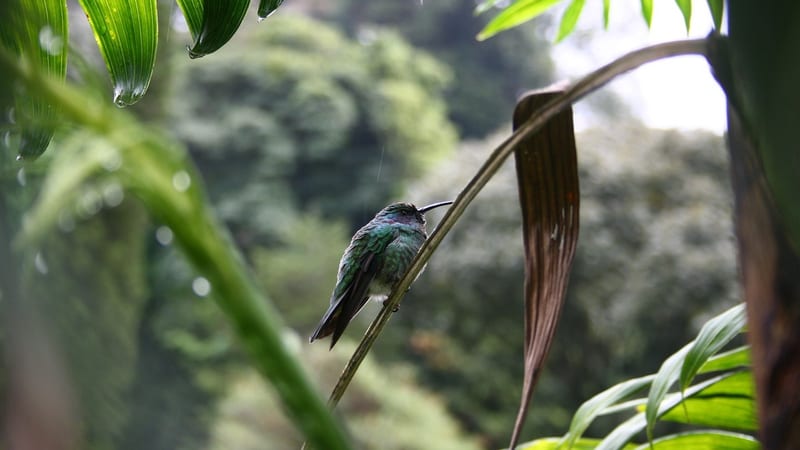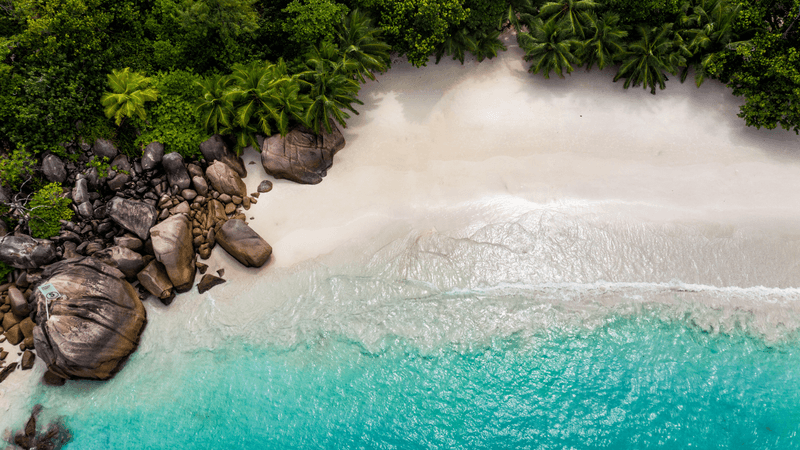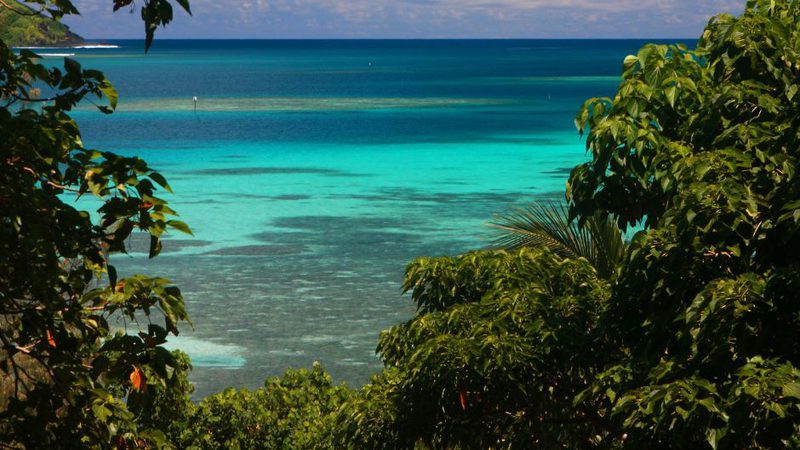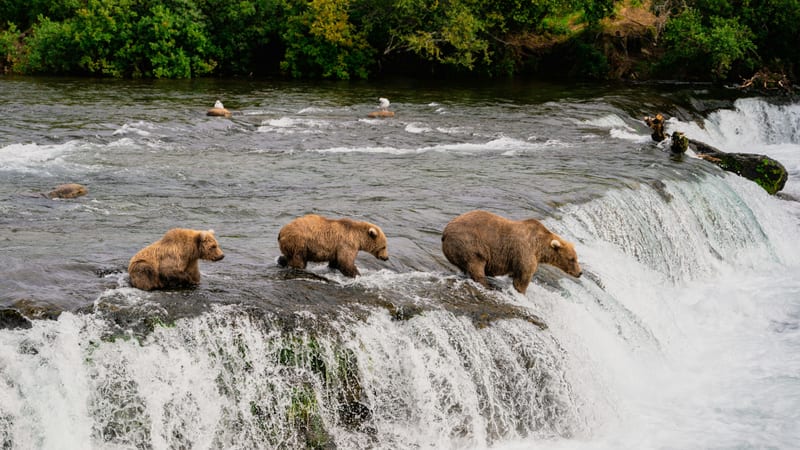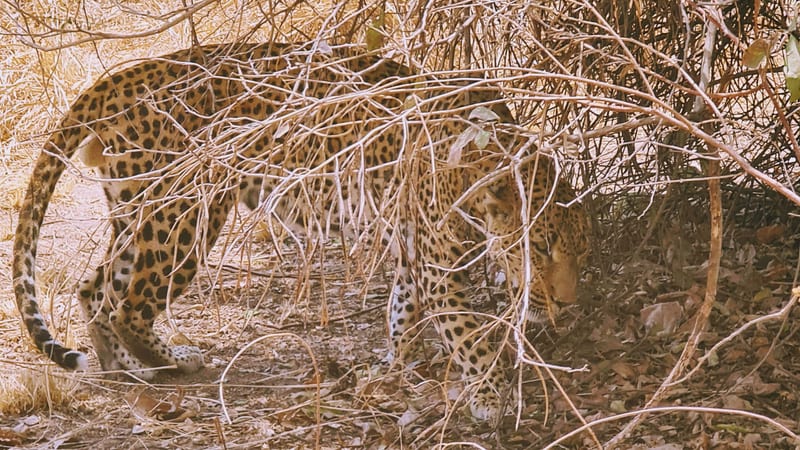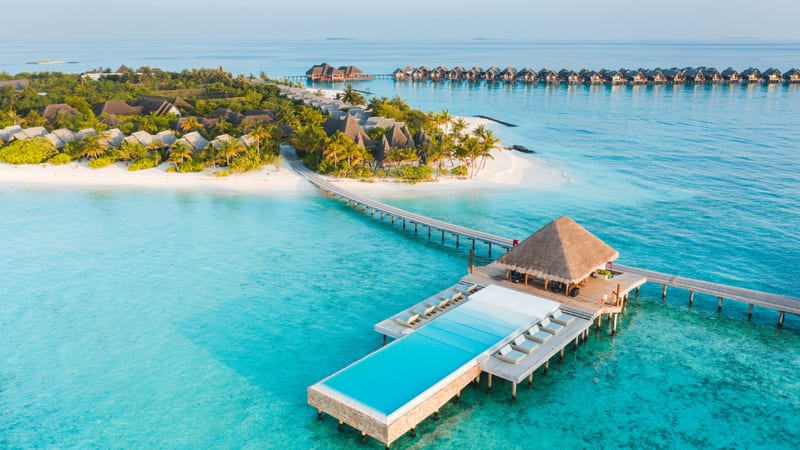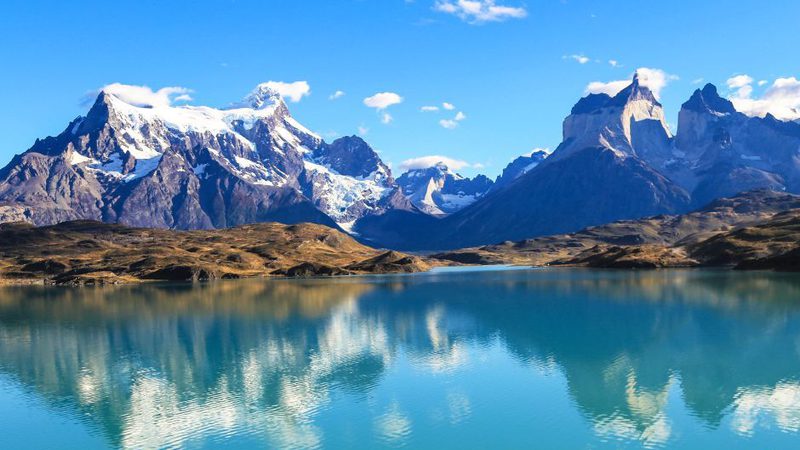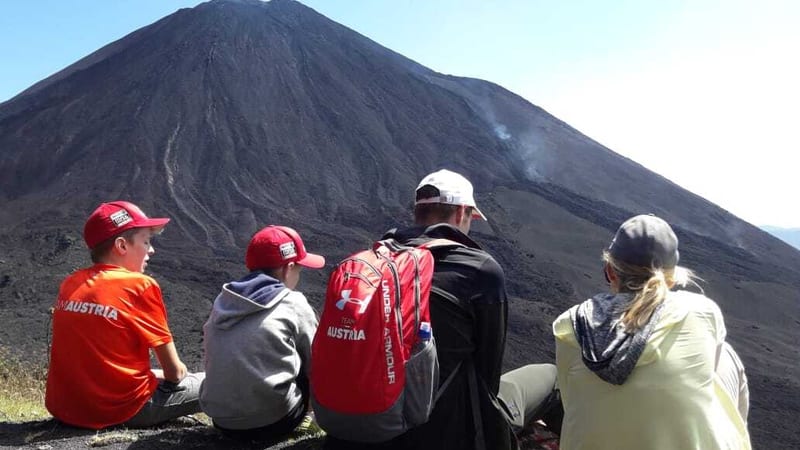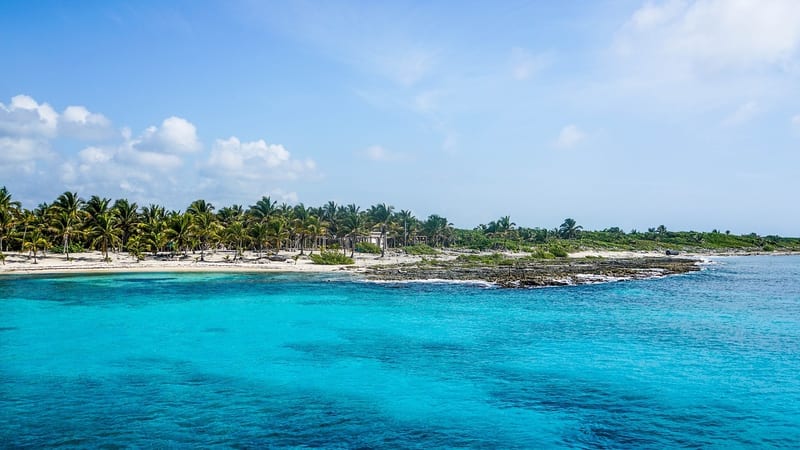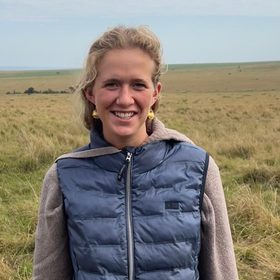Ras Kutani blends seamlessly into its exquisite environment, offering al-fresco luxury living with a Swahili twist.
Location: Ras Kutani is located on a pristine near-deserted stretch of white sand beach on Tanzania's Swahili Coast, about 35km south of Dar es Salaam. The lodge is tucked between a coastal forest and a freshwater lagoon, where lush tropical vegetation meets the Indian Ocean. Guests enjoy true seclusion, sensing that they're on an island paradise despite being a short drive or flight from the city.
Rooms: Accommodation comprises nine spacious reed-and-thatch cottages, all set beside the lagoon or beach and designed using natural local materials. In addition, there are four Upepo hilltop suites with private plunge pools and one family-style Hill House with two en-suite bedrooms. Each room opens onto a large veranda furnished with hammocks or loungers, has ensuite bathrooms, and is furnished with ethnic Swahili-style décor, providing airy, relaxed luxury.
Amenities: Ras Kutani maintains a simply, barefoot-luxury charm with communal spaces including a thatched lounge, bar, beachfront restaurant, spa cabin, and a large swimming pool favourably positioned between the ocean and lagoon. Wi-Fi (some areas only), laundry service, and filtered drinking water are all available onsite. Service is quietly attentive, focused on creating a relaxed and peaceful environment.
Activities: Activities are thoughtfully designed for relaxation and light adventure. Guests can kayak or paddleboard through the freshwater lagoon, snorkel off the nearby reef, bodyboard on surf waves, and enjoy nature walks through the coastal forest - home to colobus monkeys and over 130 tree species. Guests may also join turtle-hatching programmes in season or explore the nearby village and shipwreck on the beach. Spa treatments and sunset walks complete the experience.
Sustainability: As a Responsible Tourism Tanzania certified property, Ras Kutani was built using natural materials and designed to blend into its forested surroundings. The lodge sources local ingredients, recycles kitchen charcoal, and minimises single-use plastics by using stainless steel bottles and reusable packaging. It has pioneered recycling partnerships in Tanzania and works with local communities on tree-planting, turtle conservation, and forest-husbandry projects.
Best places to stay in Tanzania Coast
Tanzania Trip Inspiration
When to visit Tanzania
Find out the best time to visit Tanzania with our month by month guide.
- Best
- Good
- Mixed
- Jan
- Feb
- Mar
- Apr
- May
- Jun
- Jul
- Aug
- Sep
- Oct
- Nov
- Dec
January
January is mixed when it comes to weather, temperatures rise whilst the chance of rain and humidity increases. It is still a good time to go, as the rates are lower yet the game viewing is still excellent.
- During this time migratory herds are in the Serengeti for calving season, meaning the Ndutu plains are busy.
February
The weather remains hot with a chance of rain in February.
- Meanwhile in the Ndutu Plains the migration is still occurring.
March
March is the calm before the storm, before heavy rains and humidity builds. Visitors can take great advantage of lower rates during the low season.
- Migrating herds start to leave Ndutu, heading West towards Grumeti.
April
April experiences continued periods of heavy rain, we would advise against travel due to the conditions.
May
During may there is periods of heavy rain, we would advise against travel due to the conditions.
June
June heralds the wet season, bringing lush green vegetation which can make spotting game more difficult. It is a particularly great time for birders as parks become populated by migratory birds especially in the South.
- Migration is still in the Grumeti area, heading north.
July
July is the start of peak season, temperatures reach up to 30 degrees and the surrounding land becomes drier and spotting game is becoming easier.
- The migration is in the Northern Serengeti moving towards Kenya.
August
August is peak season, with bush land drying out game spotting becomes much easier. If you want to experience Tanzania game at its best, August is the time to travel.
- The migration still remains in the north.
September
Peak season continues in September, the Northern circuit can be very busy, if you want to avoid crowds it's best to visit the southern parks.
- The end of the migration is still in the north with herds on both side of the Kenyan and Tanzanian borders.
October
Peak season continues into October with good game viewing in the Serengeti and southern parks.
- The migration has now crossed over into Kenya.
November
November is the start of the rainy season, the rains tend to be overnight so it is still a popular time to travel. During this month you can take advantage of low season rates.
- Migration crossing over into the Serengeti can be seen a the Tanzania and Kenya border.
December
Rains continue in December, whilst the temperature and humidity start to build. Venturing out on safari is generally good, with large game still easily spotted.
- Migrating herds in the north travel south back to Ndutu.
Speak to a Tanzania expert today
and start planning your tailor-made vacation

Alistair





